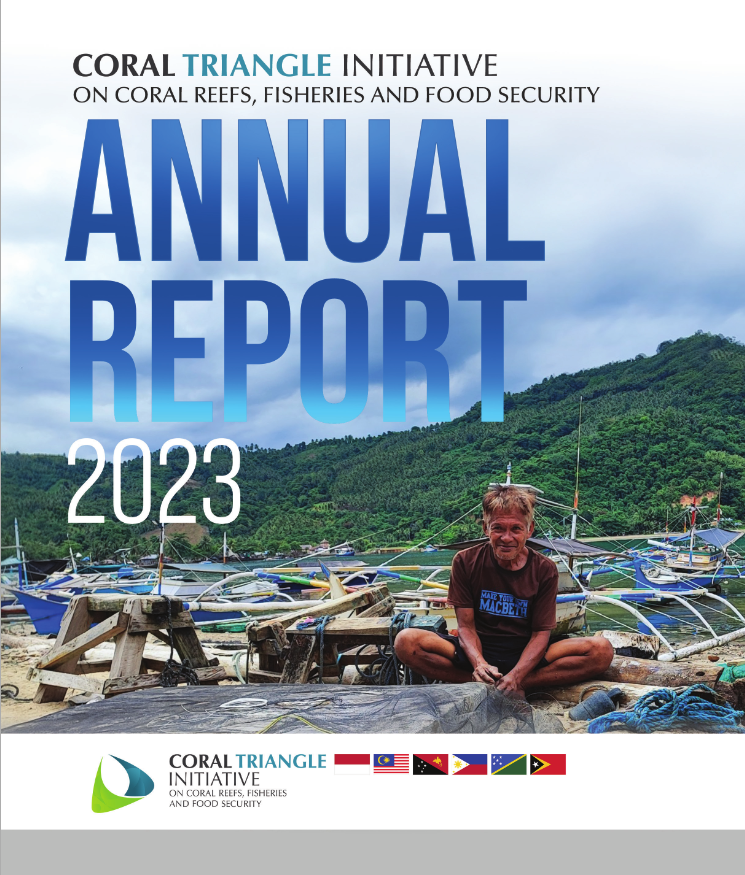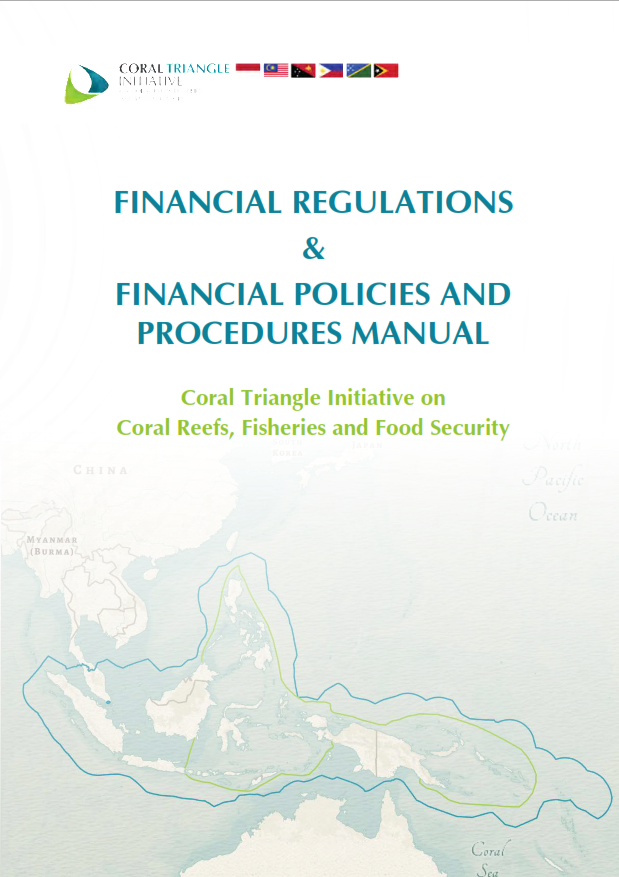New Report Highlights CTI-CFF As an Example of Sustainable Natural Resource Management in the Asia Pacific Region
 Despite the rich natural capital present in the Asia Pacific region, the gap between the demand for natural resources and the environment’s ability to replenish those resources is widening, according to recent findings by the Ecological Footprint and Investment in Natural Capital in Asia and the Pacific report.
Despite the rich natural capital present in the Asia Pacific region, the gap between the demand for natural resources and the environment’s ability to replenish those resources is widening, according to recent findings by the Ecological Footprint and Investment in Natural Capital in Asia and the Pacific report.
The report, released on June 5, 2012 and prepared by WWF and ADB, revealed that biodiversity is in decline in all types of ecosystems, including in forests, rivers and oceans, with the rate of species loss about twice the global average. In particular the report focuses on four major regions where cooperative action to safeguard ecosystem services and natural resources is making a difference: the Heart of Borneo, the Coral Triangle, the Greater Mekong Sub-region and the Eastern Himalayas.
The report noted that in these sub-regions, the web of ecosystems provides income and livelihoods for millions of people and is worth billions of dollars annually in exports and national income. The coastal and marine habitats also provide multiple services not currently valued in the marketplace or fully recognized by decision-making processes. As a result, changing consumption patterns and ever-growing demand for resources are putting these ecosystems under extreme pressure.
Increasingly however, governments, businesses and communities are working together in these areas to protect biodiversity and ecosystems, allowing countries to maintain and increase the economic and social benefits derived from their natural capital. In doing so, various approaches are emerging and show great promise in helping to maintain natural capital, while at the same time encouraging green growth and poverty alleviation.
To download the report, click here.



